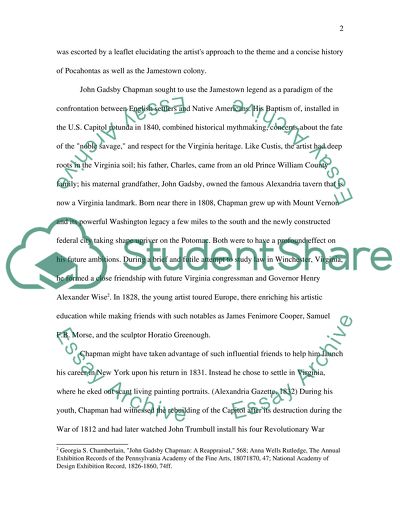Cite this document
(“The Baptism of Pocahontas by John Gadsby Chapman Essay”, n.d.)
Retrieved from https://studentshare.org/architecture/1512038-the-baptism-of-pocahontas-by-john-gadsby-chapman
Retrieved from https://studentshare.org/architecture/1512038-the-baptism-of-pocahontas-by-john-gadsby-chapman
(The Baptism of Pocahontas by John Gadsby Chapman Essay)
https://studentshare.org/architecture/1512038-the-baptism-of-pocahontas-by-john-gadsby-chapman.
https://studentshare.org/architecture/1512038-the-baptism-of-pocahontas-by-john-gadsby-chapman.
“The Baptism of Pocahontas by John Gadsby Chapman Essay”, n.d. https://studentshare.org/architecture/1512038-the-baptism-of-pocahontas-by-john-gadsby-chapman.


